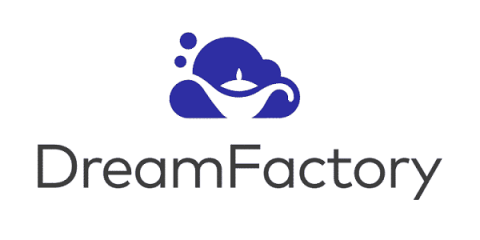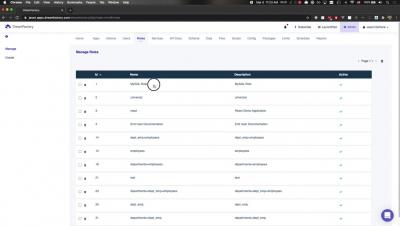How APIs Can Support Enterprise IT Transformation
As stakeholders in more organizations look toward digital transformation strategies, they need to take a closer look at how to modernize their software. An overhaul of an IT system can be expensive and risky, even if the results pay off. What is not often examined however is the role of APIs in supporting enterprise IT transformation initiatives.



